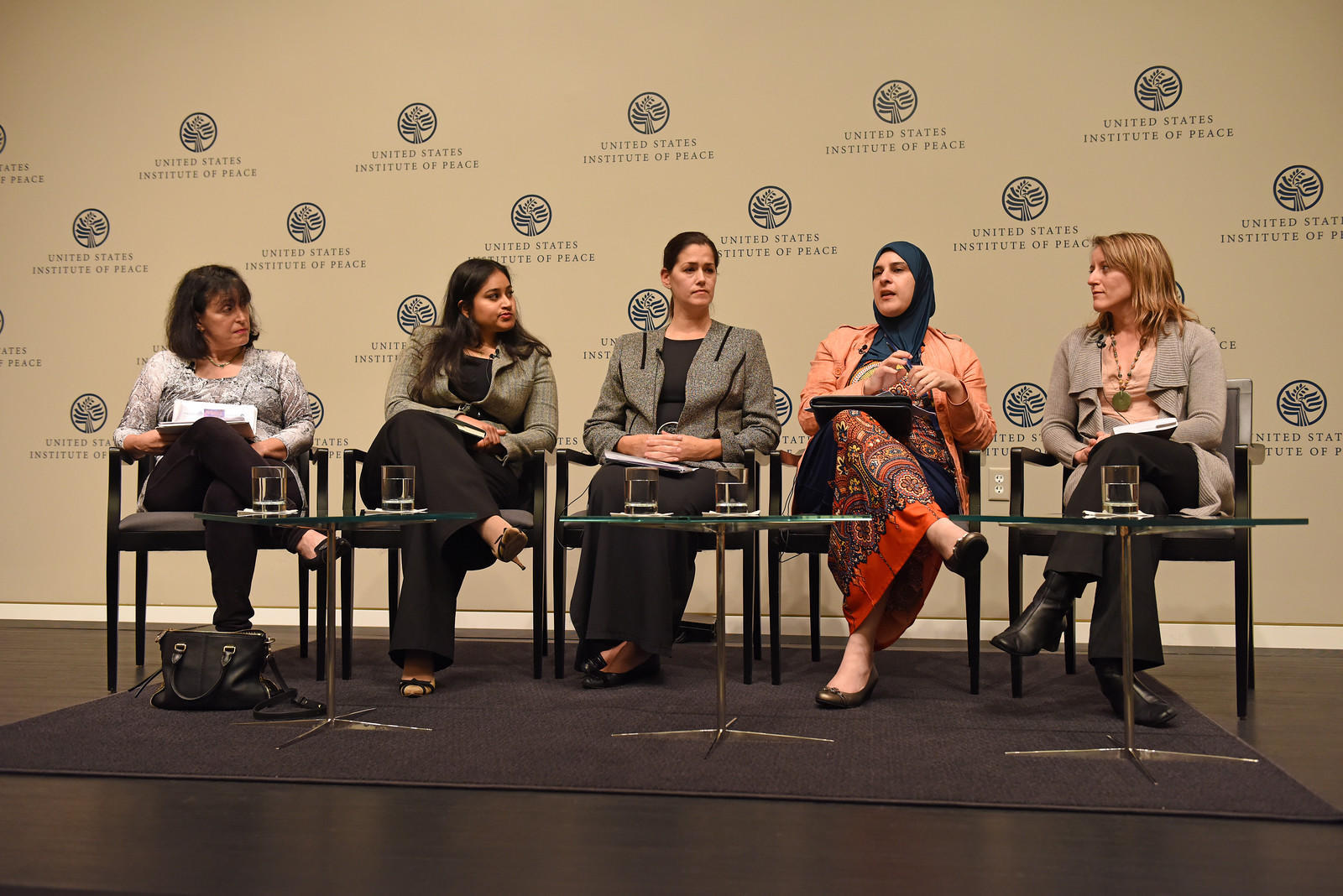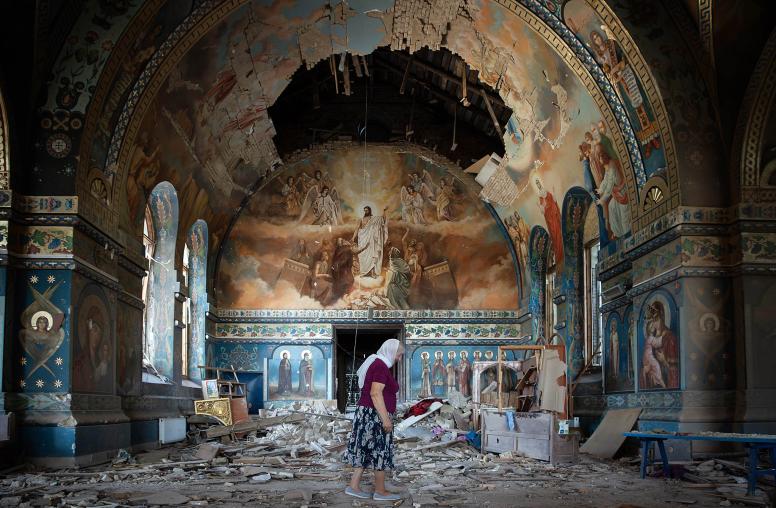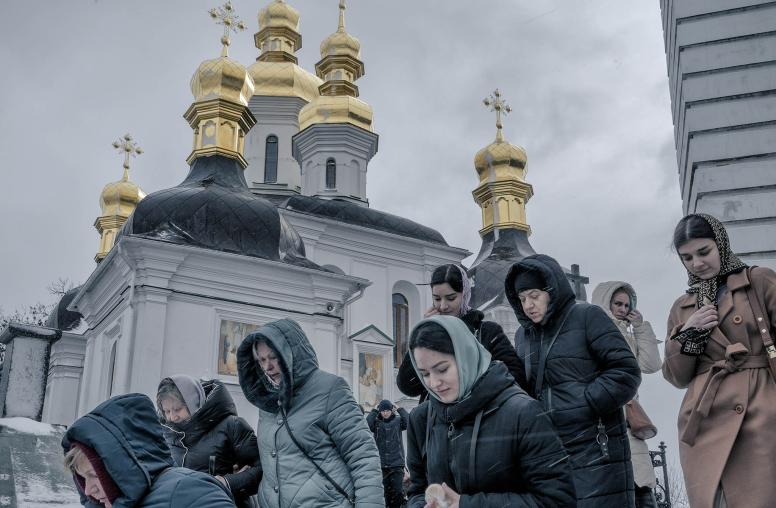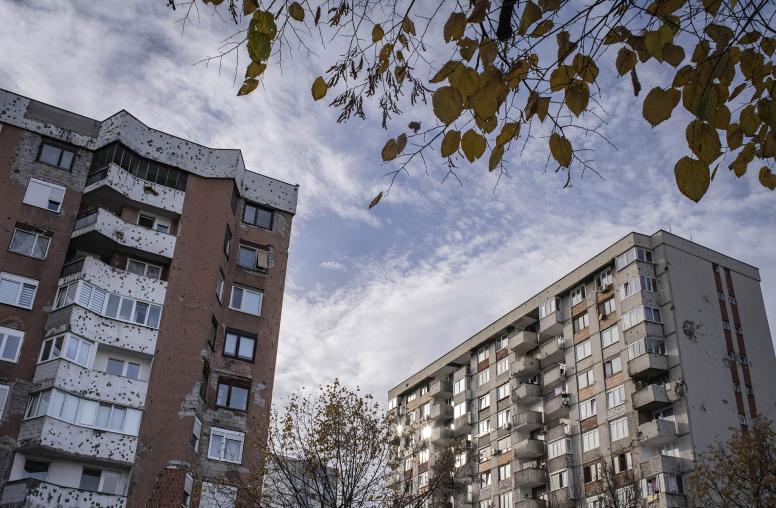Introduction to Religion and Peacebuilding
Religion is a dominant and complex factor in world affairs. It can be a powerful driver of violent conflict, stoking prejudice, legitimating violence, and mobilizing communities into war. However, religious ideas, actors, and institutions also serve as incredible resources and motivation for peacebuilding, inspiring people to courageous and transformative acts of peace. This short introductory course will provide you with an overview of the religious peacebuilding field, the role religion plays in driving both conflict and peace, examples of how religious actors and institutions have contributed to the prevention and resolution of conflict, and considerations for how best to engage the religious sector in peacebuilding.

Learning Objectives
- Appreciate the ways in which religion can support peacebuilding, particularly reconciliation and mediation;
- Analyze religious dimensions to peace and conflict through a case study; and
- Understand the importance of applying a gender lens in religious peacebuilding.
If you cannot view the video, click here to download it.
Agenda
Section 1 - Introduction
Introduces the ways in which religion and religious actors, institutions, and ideas influence conflict and explains why it is crucial for peacebuilders to understand and engage religious dimensions of conflict.
Section 2 - Definitions and Historical Context
As examples and in preparation for the case study of the conflict in Southern Thailand, this chapter considers how the traditions of Buddhism and Islam have historically responded to and engaged in both conflict and peace.
Section 3 - Case Study
This section will pay particular attention to the various categories or dimensions of religion that interact with conflict dynamics, and offer practical tips from experts to analyze religion in particular conflict settings. An analysis of religion’s role in the Southern Thailand conflict will be offered.
Section 4 - Theory and Practice
The purpose of this section is to delve into religion and its potential intersection with mediation and consider the context in which religious mediation is helpful, and how religion and religious mediators contribute to conflict resolution. It will also describe the role of reconciliation, the process of restoring relationships between adversaries in the aftermath of violent conflict, in peacebuilding, the ways in which religion can facilitate this process, identify key components and opportunities of religiously-inspired reconciliation, and explore the challenges religious actors face in this work. Finally, it discusses the concept of gender and its relationship to both religion and peacebuilding, and how religious peacebuilding can be advanced in a gender-inclusive manner and to address issues such as gender violence.
Section 5 - Conclusion
Presents learners with the opportunity to self-assess their learning and earn a certificate.
Instructors and Guest Experts
Course Instructor
- Susan Hayward, Director, U.S. Institute of Peace
Guest Experts
- Owen Frazer, Culture and Religion in Mediation Program, Center for Security Studies
- Ayse Kadayifci, Salam Institute for Peace & Justice, Georgetown University, and American University
- James Patton, Executive Vice President, International Center for Religion & Diplomacy
- Sheherazade Jafari, Director of the Point of View International Research and Retreat Center at the School for Conflict Analysis, George Mason University Resolution
- Palwasha Kakar, Senior Program Officer, U.S. Institute of Peace
- Melissa Nozell, Program Officer, U.S.Institute of Peace
- Matthew Walton, Aung San Suu Kyi Senior Research Fellow, St. Antony’s College
- Jularat Damrongviteetham, Project Manager, Berghof Foundation
This course was designed in partnership with the Network for Religious and Traditional Peacemakers, with input from the Salam Institute for Peace and Justice.



